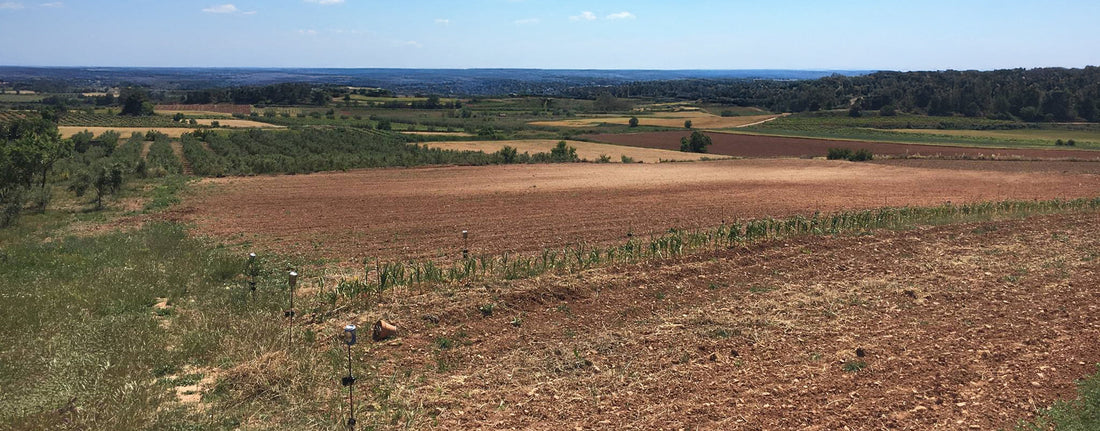
The dormancy stage in saffron cultivation
Share
The dormancy stage in saffron cultivation is often misunderstood. To the untrained eye, a saffron field in July and August may seem inactive, even lifeless. But beneath the surface, a quiet transformation is taking place. This critical phase in the saffron production cycle is essential for the long-term health, regeneration, and productivity of the Crocus sativus plant.
What Is the dormancy stage?
The dormancy stage is the period when saffron corms enter a state of rest after an active cycle of leaf growth and corm multiplication. During these hot summer months—typically from July through August—there is no visible growth above ground. Leaves have long since dried out, and the soil appears barren.
However, this stage is far from inactive. Inside the soil, the secondary corms that formed during the previous vegetative season begin preparing for the next cycle. The parent corm, having completed its life cycle, has usually decomposed by now, leaving behind clusters of new corms ready to take over.
Why dormancy is essential for saffron cultivation
The dormancy period plays a vital role in the saffron plant’s lifecycle:
- Regeneration of corms: This is when new corms mature, strengthening underground and ensuring a healthy plant structure for the next season.
- Moisture control: Dormancy coincides with dry, hot summer weather, which helps prevent rot and disease in the resting corms.
- Planning and maintenance: Farmers use this window to assess soil health, remove weeds, and prepare for planting or sprouting in late August or September.
Long-term yield and dormant saffron beds
One of the lesser-known benefits of saffron dormancy is its role in long-term yield improvement. Well-managed saffron beds can stay in place for 4 to 6 years, with yields increasing annually as the corms multiply and adapt to their environment. Though there is no visible bloom or harvest during this stage, it’s an investment in future productivity.
During dormancy, saffron growers must resist the urge to water or disturb the soil. Allowing the corms to rest naturally is crucial for developing strong plants and optimizing future saffron yield.
Final thoughts: The dormancy stage of saffron cultivation is a silent but powerful phase in the life of the Crocus sativus. While the fields may appear still, essential underground activity is preparing the plant for a successful growing and flowering season ahead.
By understanding and respecting this stage, saffron farmers set the stage for high-quality blooms, rich saffron threads, and long-term productivity from their fields.
